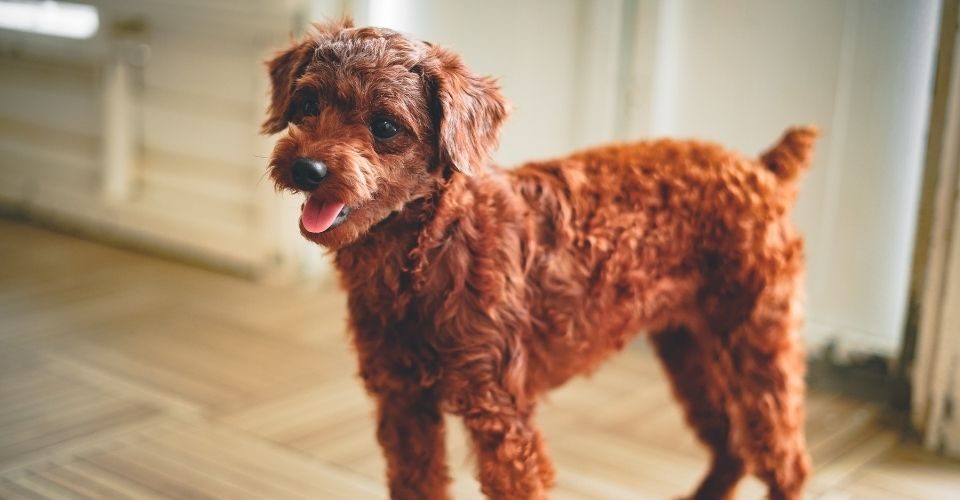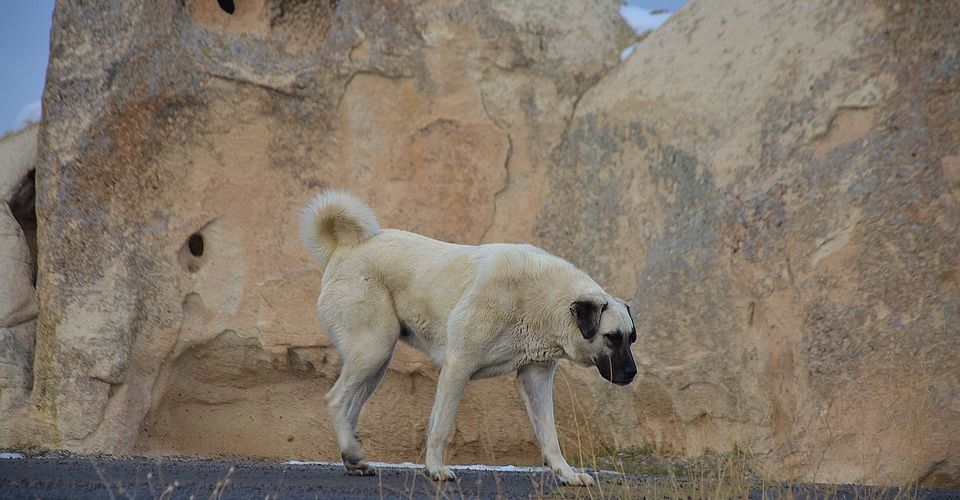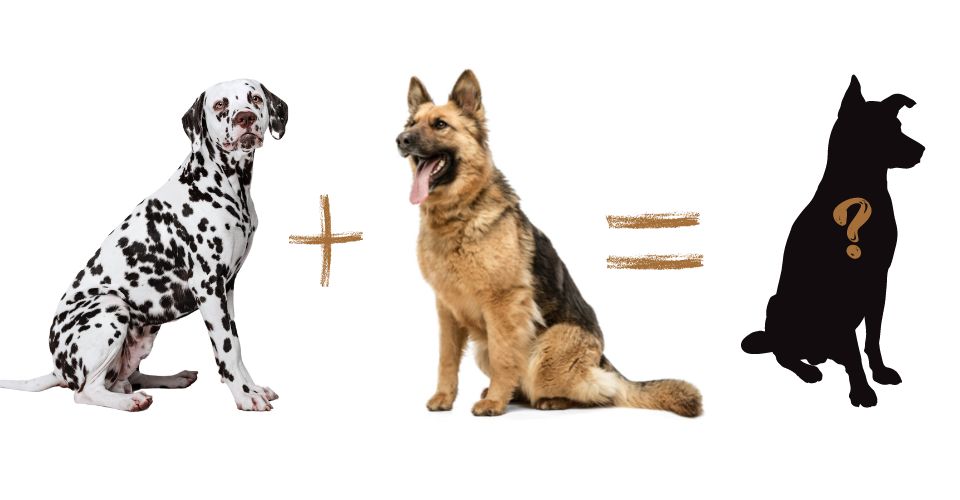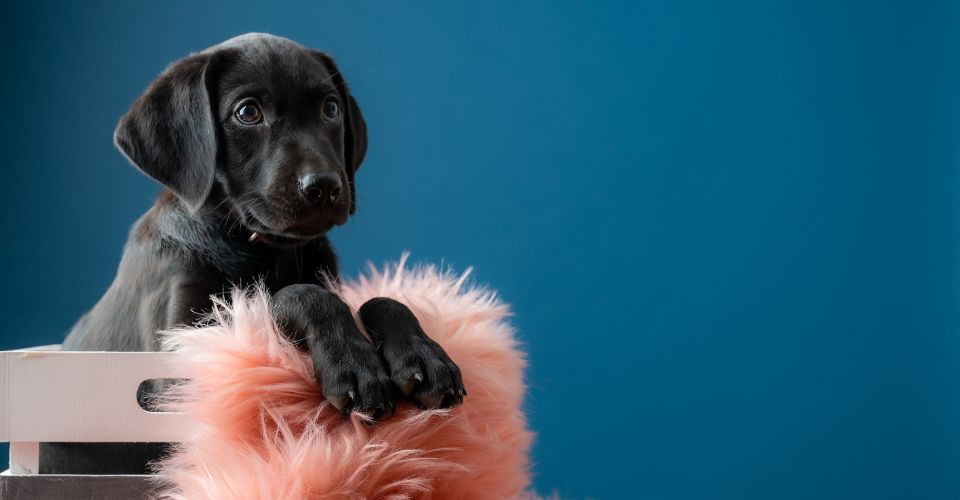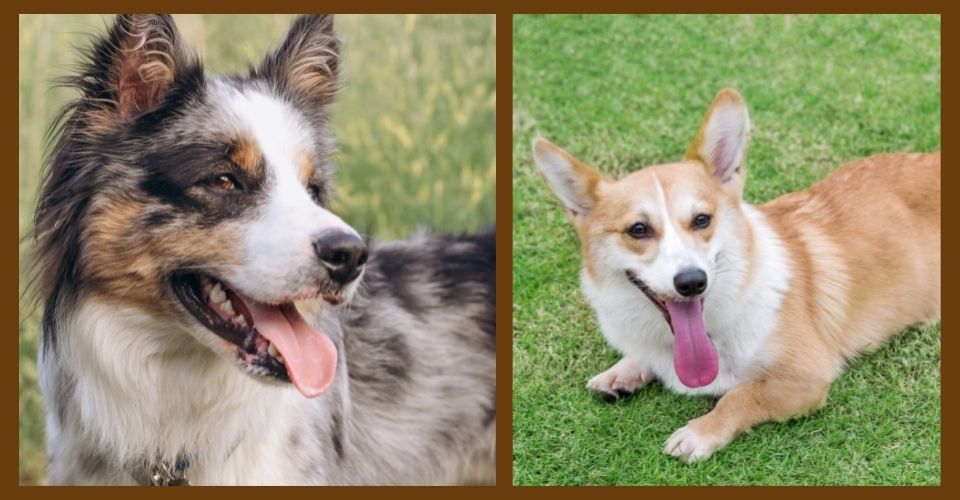Irish Doodle dogs are known to be great family dogs. Their reddish-blonde fur, playful personality, and intelligence make them popular among dog lovers. They are a designer breed and have been created recently—about 30 years ago. Being a designer breed, they have inherited some amazing qualities from both their parents, the Irish Setters and Poodles.
If you are looking for an adorable, loyal, and energetic dog to add to your family, an Irish Doodle will prove to be the best choice for you. Before discussing the physical appearance and temperament of an Irish Doodle, let’s first learn a little more about its breeding history and origin.
So, let’s get started.
Origin and Breeding History of an Irish Doodle
Although we know this breed of dog was created some 30 years ago, there is no official record of its origin. Like all designer dogs, there is little to no information regarding its history. But we can surely know a lot about its breeding parents and their history and origin.
The Irish Setter was created in Ireland in the early 1700s. It was primarily developed as a hunting dog to safeguard fields. Soon after, this breed started becoming popular outside Ireland as well. Later, they were used in hunting birds. These dogs were brought into the US as retrievers and gun dogs. In the mid-1800s, they were trained in retrieving game birds and used for hunting. Eventually, in the late 1800s, they became recognized by the American Kennel Club.
Irish Doodle Size and Appearance
The size of an Irish Doodle depends upon the size of its parents. If it is a mix between an Irish Setter and a medium-sized Poodle, the resulting dog would be a standard Irish Doodle. But if one of the parents was a mini Poodle, mini Irish Doodle puppies would be born.
A standard Irish Doodle male weighs around 50 – 70 pounds. They are a bit heavier than their females, who are 40 – 60 pounds in weight. A mini Irish Doodle male, on the other hand, weighs around 25 – 35 pounds. The females also have the same weight.
When it comes to their overall appearance, the Irish Doodle dogs have square-shaped bodies with slender heads. Their muzzle is either long and sturdy, resembling the Irish Setter, or slim and straight, resembling Poodle. They have almond-shaped, dark, or medium brown colored eyes and floppy ears.
Their coat color and fur type may differ from dog to dog. The Poodles have a single-layer coat, which is smooth and curly. In contrast, the Irish Setter’s coat is two-layered, with a thick and soft undercoat and shiny and fine hair on the surface. Their fur color is mostly in the darker shades of red with some streaks of white here and there.
Irish Doodle Temperament and Personality
This dog is popular for its intelligence, energy, and loyalty. They love to be around their human companions and crave their attention. Due to their high levels of intelligence, they are quick to learn. This makes them easy to train and pretty obedient. Once you teach them to follow particular commands, they will always remember to do it the same way. Although this is an impressive quality, it may also become problematic when they learn about things you didn’t intend to teach them. They are also known to be strong-willed dogs.
An Irish Doodle is very loving and gentle around children, but some of them may be more sensitive than others. They may have a hard time getting used to noisy households or have very young kids who touch the dog a lot. These things may make an Irish Doodle uneasy or anxious. It is wise to slowly socialize them with these types of external stimuli so that they can learn to adapt and stay calm. Once they become comfortable in their new environment, they are the most fun-loving and jolly dogs.
Grooming and Care of an Irish Doodle
An Irish Doodle doesn’t need frequent baths, but its coat should be regularly brushed. Its grooming differs based on its appearance. If its coat is like that of the Irish Setter, it wouldn’t need a lot of grooming and brushing sessions. But if its coat is more like its Poodle parent, then it should be regularly groomed, and the hair should be frequently brushed.
Other than that, its nails should be regularly trimmed to keep them safe from hurting themselves or their nails. It is also important to check an Irish Doodle’s ears and clean them regularly. It will keep them safe from getting ear infections.
What are the Health Issues faced by an Irish Doodle?
Irish Doodle dogs are considered healthy and tough overall. But there are certain health issues that may show up in the later years of their lives. As they are hybrid dogs, they can be prone to conditions that also affect their breeding parents. Some of these health issues include:
- Epilepsy
- Von Willebrand’s disease—which is an inherited bleeding disorder.
- Eye infections—such as Conjunctivitis or corneal ulcers.
- Bloating, also known as GDV.
- Sebaceous adenitis—inflammation of the sebaceous glands.
Although there is a high chance these dogs may not become affected by the above-mentioned diseases, it is important to keep a check on their health. Any dog you own should be taken for regular vet checkups. This will help you know about any potential health conditions early on and hence, get them treated.
Diet: What Should You Feed an Irish Doodle?
Food requirements of an Irish Doodle differ on the basis of their size. If it is a mini Irish Doodle, it would require food that is made for the smaller breeds. A standard Irish Doodle, however, would need to be fed the food made for large breeds.
They should be given high-quality dog food while keeping in mind their activity level, age, and also how fast or slow their metabolic process is. The frequency or portions of the food also depends upon the same factors. If you are still unsure, you can consult with your vet about the amount or frequency of food necessary for your Irish Doodle.
Exercise Needs of an Irish Doodle
Your Irish Setterpoo wouldn’t bother you a lot with their exercise. They need a moderate amount of activity every day. A quick walk to the nearby park, a light jog, or a game of fetch would be enough to keep your pooch entertained and happy for the day. If the weather is fine and you have a safe place—such as a yard with a fence—you can allow your furry canine to run freely and play.
They also enjoy going with you on a hike or a camping trip to the mountains. Due to their moderate activity requirements, they are ideal for people who live in apartments or small houses.
Life Span: How Long Does an Irish Doodle Live?
These dogs can live for 10 – 15 years. To keep them healthy and fit, they should be fed nutritious food, given enough exercise and playtime, and taken for regular checkups with a vet.
Fun Facts about an Irish Setterpoo
- Smart but stubborn: These dogs have a reputation for being a little headstrong. You need to be patient and give them their favorite treats when training them.
- If they resemble their Poodle parent, they are considered non-shedders, making them suitable for allergies. They are not completely hypo-allergenic, but people with mild allergies can tolerate their minimal shedding.
- They are easily recognizable because of their teddy-bear like appearance and the dark reddish-colored coat.
- They love their human family a lot. They are not clingy but love to be around their owners. If left alone for a long time, they may show their displeasure by whining, crying, or by chewing and destroying things.
An Irish Doodle dog is undoubtedly the most adorable, sweet-natured, and intelligent pooch to have in your home. With their intelligent demeanor, loving personality, and obedience, they are many people’s favorite. As they don’t need a high level of activity and are less demanding, they are suitable for people living in apartments. Irish Doodle dogs are also very gentle and affectionate towards children, but sometimes, they may become anxious when there is noise or chaos around them.
So, it is important to ensure they are being provided with a calm and noise-free environment. Once they are comfortable and adapt to their new place, they would prove themselves to be the most fun-loving and cute little pooches.

